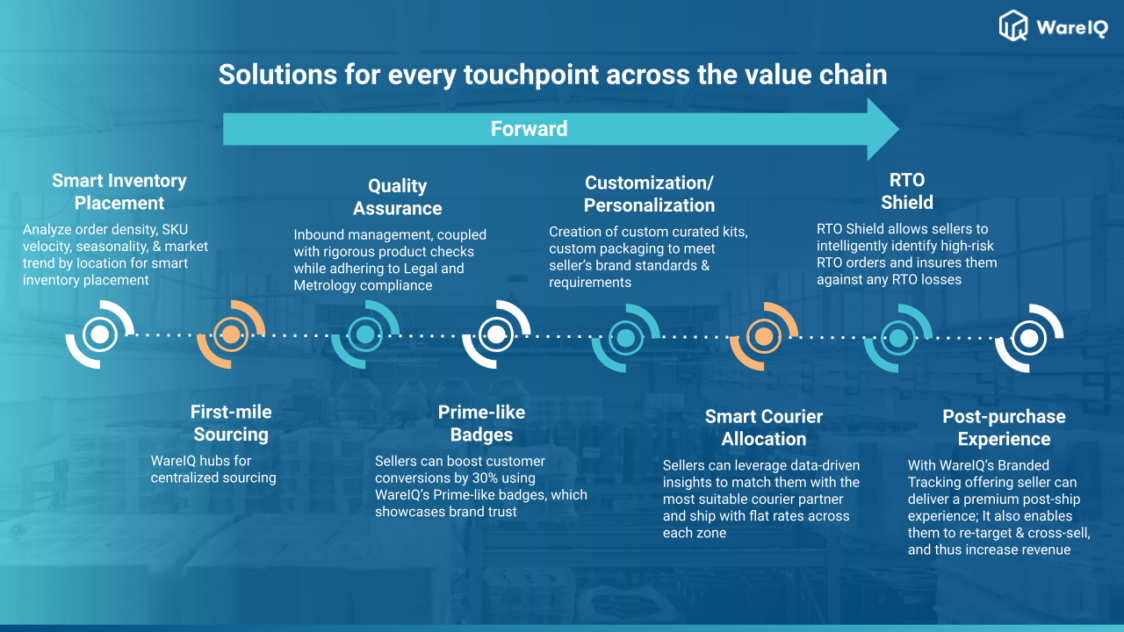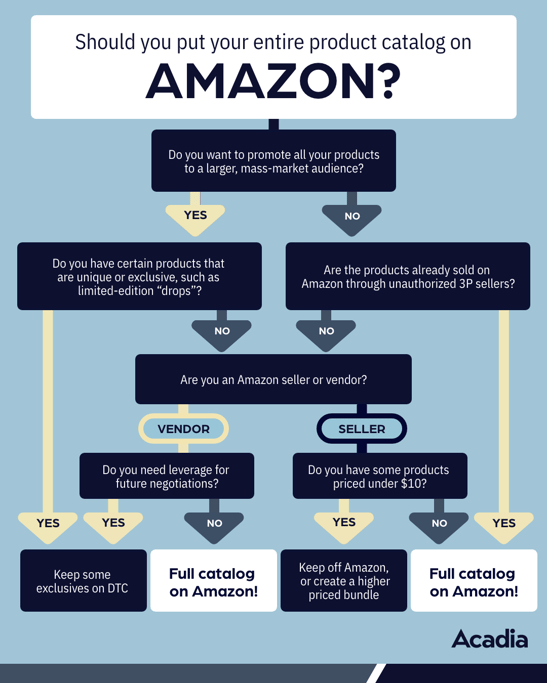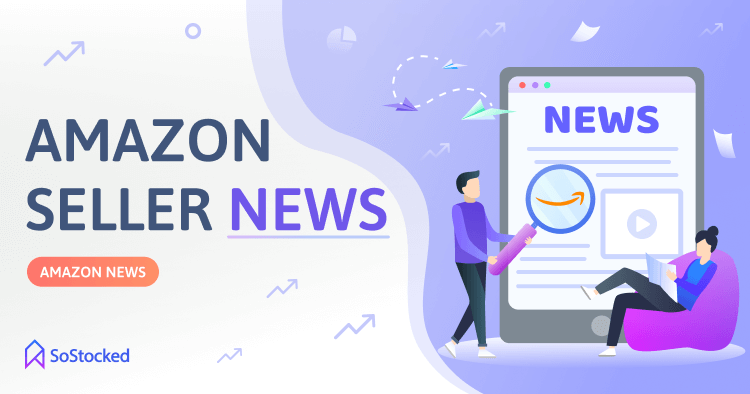Are you tired of high FBA fees? Discover 20 genius strategies to slash your Amazon fees and maximize your profits!
Table of Contents
- Introduction: What is Amazon FBA and Why Fees Matter
- Exploring Amazon FBA Fees
- The Amazon FBA Fee Calculator
- Why Smart Strategies are Important
- Strategy 1: Optimize Product Size and Weight
- Strategy 2: Bundle Products
- Strategy: Improve Inventory Management
- Strategy: Choose the Right Product Categories
- Strategy: Monitor Fee Changes
- Tips from Experienced Sellers
- Conclusion: Summing Up Smart FBA Fee Strategies
- Frequently Asked Questions (FAQs)
Introduction: What is Amazon FBA and Why Fees Matter
In simple terms, Amazon FBA stands for Fulfillment by Amazon. It’s a service provided by Amazon that allows sellers to store their products in Amazon’s fulfillment centers. When customers place orders, Amazon picks, packs, and ships the products on behalf of the seller. This means sellers can focus on their business while Amazon takes care of the logistics.
Now, you might be wondering why fees matter in this whole process. Well, fees play a crucial role in determining how much money sellers actually make from their sales. Understanding these fees is important for sellers to optimize their profits.
Understanding Amazon FBA
Amazon FBA works like this: sellers send their products to Amazon’s warehouses, where they are stored until a customer places an order. When the order comes in, Amazon handles all the shipping and customer service. This not only saves sellers time but also gives them access to Amazon’s massive customer base.
The Role of Fees
Amazon charges fees for handling the storage, packing, and shipping of products. These fees can vary depending on the size and weight of the items, as well as the storage duration. By understanding these fees, sellers can make informed decisions on pricing their products and maximizing their profits.
Exploring Amazon FBA Fees
When you decide to sell products on Amazon using the Fulfillment by Amazon (FBA) service, it’s important to understand the fees associated with this process. Let’s dive into the world of Amazon FBA fees in a clear and simple way.
Types of Amazon FBA Fees
Amazon charges sellers various types of fees for using their FBA service. Some of the main fees include storage fees, fulfillment fees, and referral fees. Storage fees are charged for keeping your products in Amazon’s warehouses, fulfillment fees cover the costs of picking, packing, and shipping orders, and referral fees are a percentage of the item’s price that Amazon takes as a commission.
Why Amazon Charges These Fees
Amazon charges these fees to cover the costs of storing, packaging, and delivering products on behalf of sellers. By charging these fees, Amazon can provide valuable services to sellers, such as storage space in their warehouses, fast and reliable shipping, and access to a vast customer base.
The Amazon FBA Fee Calculator
When selling products on Amazon using Fulfilled by Amazon (FBA) services, it’s crucial to understand the fees involved to maximize your profits. This is where the Amazon FBA fee calculator comes into play, helping sellers to estimate and plan for these costs.

Image courtesy of wareiq.com via Google Images
What is the Amazon FBA Fee Calculator?
The Amazon FBA fee calculator is a handy tool provided by Amazon for sellers to calculate the fees associated with selling their products through FBA. This tool takes into account various factors such as product size, weight, category, and fulfillment methods to give sellers an accurate estimate of the fees they can expect to pay.
How to Use the Calculator
Using the Amazon FBA fee calculator is simple and user-friendly. Sellers can input the necessary details about their products, such as dimensions, weight, and sales price. The calculator then generates a breakdown of the fees, including storage fees, fulfillment fees, and referral fees.
By utilizing the Amazon FBA fee calculator, sellers can make informed decisions about their pricing strategies, product selection, and shipping methods to optimize their profits and minimize expenses. This tool empowers sellers to plan effectively and stay competitive in the ever-evolving world of e-commerce.
Why Smart Strategies are Important
Reducing Amazon FBA fees can have a significant impact on your profits as a seller. By using smart strategies to lower these costs, you can keep more money in your pocket. Let’s explore why it’s crucial to pay attention to these fees and how you can benefit from cutting them down.
Benefits of Reduced Fees
Imagine if you had to pay less money for storing and shipping your products. That means you get to keep more of the money you make from selling items on Amazon. By reducing the fees, you can increase your earnings and savings. Smart strategies can help you achieve this goal.
Strategy 1: Optimize Product Size and Weight
When you think about the size and weight of the things you buy, have you ever noticed that bigger and heavier items sometimes cost more to ship? Well, the same idea applies when sellers use Amazon FBA. If they want to lower the fees they pay, they can try to make their products smaller and lighter.
Image courtesy of freecashflow.io via Google Images
Let’s break it down a bit. Imagine you have a big, bulky item that takes up a lot of space in the warehouse. Since Amazon charges for storage based on how much room your stuff uses, having a smaller product could mean lower storage fees. Also, heavy items cost more to ship, so if a seller finds a way to lighten their products without sacrificing quality, they could save money on shipping costs too.
By optimizing the size and weight of their products, sellers using Amazon FBA can save money on both storage and shipping fees. It’s like playing a game where the goal is to make everything as efficient and cost-effective as possible.
Strategy 2: Bundle Products
When it comes to reducing Amazon FBA fees, one smart strategy is to bundle products together. But what exactly does that mean? Let’s break it down in a simple way.
How Bundle Products Work
Imagine you’re selling a pack of colored pens. Instead of listing them individually, you can create a bundle of 10 pens. By doing this, you’re not only offering customers a better deal but also reducing the fees you pay per item.
Benefits of Bundling
When you bundle products, you can attract customers who are looking for value and convenience. Plus, by selling multiple items together, you can save on shipping and storage costs, ultimately cutting down on your overall FBA fees.
Strategy: Improve Inventory Management
Inventory management is like organizing your toys in different boxes so you can find them easily when you want to play with them. When you manage your inventory, you know exactly how many toys you have and where they are stored. For Amazon FBA sellers, good inventory management can help reduce storage fees and keep your products in stock when customers want to buy them.

Image courtesy of blog.acadia.io via Google Images
Tracking Your Inventory
Imagine having a super cool gadget that tells you how many toys are left in each box and when you need to order more toys to keep the fun going. This is what inventory tracking does for sellers. By keeping an eye on your inventory levels, you can avoid running out of stock or storing too much, which can lead to higher fees.
Strategies for Better Inventory Management
Here are some simple strategies to help you manage your inventory like a pro:
- Use Barcodes: Just like scanning a barcode at the store, using barcodes for your products can make it easier to track and manage your inventory levels accurately.
- Set Reorder Points: Think of this like setting a reminder on your phone to buy more toys when you’re running low. By setting reorder points for your products, you can avoid running out of stock and paying rush fees.
- Regular Audits: This is like checking if you have all the pieces of your favorite puzzle. Regularly auditing your inventory can help you spot any mistakes or discrepancies and keep your inventory organized.
Strategy: Choose the Right Product Categories
When it comes to reducing your Amazon FBA fees and maximizing your profits, one smart strategy is to carefully choose the right product categories to sell in. The product categories you select can have a significant impact on the fees you incur, so it’s important to make informed decisions.
How Product Categories Impact Fees
Each product category on Amazon is associated with different fee structures and costs. Some categories have higher fees due to the nature of the products being sold or the level of competition in that space. By choosing product categories with lower fees, you can effectively cut down on your overall expenses and increase your margins.
Researching Cost-Effective Categories
Before deciding on which product categories to focus on, it’s essential to conduct thorough research. Look into the fee structures of different categories, paying attention to factors such as referral fees, fulfillment fees, and storage costs. By analyzing the cost-effectiveness of each category, you can identify opportunities to minimize your expenses.
| Strategy | Description |
|---|---|
| Optimize Product Dimensions | Ensure accurate product dimensions and weights to avoid overcharging for shipping fees. |
| Use Fulfilled by Merchant (FBM) | Sell products directly to customers through FBM to avoid FBA fees altogether. |
| Lower Storage Costs | Adjust inventory levels to minimize long-term storage fees. |
| Take Advantage of FBA Fee Discounts | Participate in promotions or programs that offer reduced FBA fees for certain products or periods. |
| Improve Product Sell-Through Rate | Enhance product visibility and sales to reduce overall FBA fees as a percentage of revenue. |
Additionally, consider the demand and competition within each product category. Selecting categories with high demand and lower competition can not only help you save on fees but also drive more sales and boost your profitability.
Strategy: Monitor Fee Changes
As an Amazon seller using FBA services, it’s crucial to stay informed about any changes in fees to avoid unexpected costs. Monitoring fee changes can help you adjust your strategies and pricing to optimize your profits.

Image courtesy of www.sostocked.com via Google Images
Why Monitoring Fee Changes Matters
Amazon may update its fee structure periodically, affecting how much you pay for services like storage, fulfillment, and other expenses. By staying vigilant and aware of these changes, you can adapt your business model accordingly.
How to Stay Updated
One way to keep track of fee changes is to regularly check the Amazon Seller Central platform for any announcements or updates regarding fees. Additionally, sign up for email notifications that Amazon sends out to sellers about any modifications to the fee structure.
Another helpful tip is to join online seller communities, such as the Amazon FBA subreddit, where fellow sellers often discuss and share information about fee changes. By being part of these groups, you can stay informed and prepare for any adjustments that may impact your business.
Tips from Experienced Sellers
When it comes to navigating the world of Amazon FBA and reducing fees, one valuable resource for tips and tricks is the Amazon FBA subreddit. Experienced sellers frequently share their insights and strategies that can help newcomers save money and optimize their businesses. Let’s take a look at some advice gathered from the Amazon FBA Reddit community.
Learning from Others
One of the most valuable pieces of advice from experienced sellers is the importance of learning from others. By engaging with the Amazon FBA subreddit, you can gain access to a wealth of knowledge and experiences that can help you avoid costly mistakes and find creative solutions to reduce fees.
Many seasoned sellers on Reddit share their success stories, as well as the challenges they have faced along the way. By reading these posts and participating in discussions, you can learn from real-world examples and apply proven strategies to your own business.
Conclusion: Summing Up Smart FBA Fee Strategies
After exploring various smart strategies to reduce Amazon FBA fees, it’s clear that sellers have numerous ways to maximize their profits. By implementing these cost-effective approaches, sellers can significantly impact their bottom line and make their businesses more competitive.

Image courtesy of www.eplaybooks.com via Google Images
Optimize Product Size and Weight
One way to cut down on fees is by adjusting the size and weight of your products. By ensuring they are within cost-effective ranges, you can lower shipping and storage costs, ultimately saving you money in the long run.
Bundle Products
Another effective strategy is bundling products together. By selling items in bundles, you can reduce fees per item and make your offerings more appealing to customers, potentially increasing your sales.
Improve Inventory Management
Managing your inventory efficiently is crucial in minimizing storage fees. By keeping a close eye on your stock levels and selling through products in a timely manner, you can avoid unnecessary fees associated with excess storage.
Choose the Right Product Categories
Be strategic in selecting the product categories you sell in. By opting for cost-effective categories, you can keep your fees low and maximize your profits. Conduct thorough research to identify the best categories for your business.
Monitor Fee Changes
Stay on top of fee changes and updates from Amazon. By being aware of any adjustments, you can avoid unexpected costs and make informed decisions that benefit your business in the long term.
Learning from Others
Lastly, take advantage of the wisdom shared by experienced sellers on platforms like the Amazon FBA subreddit. By learning from their successes and challenges, you can gain valuable insights that will help you navigate the world of Amazon FBA more effectively.
By following these smart FBA fee strategies and heeding the advice of seasoned sellers, you can position your business for success and substantial savings. Remember, every penny saved on fees is a penny earned in profits, so make sure to prioritize cost-effective practices in your Amazon FBA journey.
Frequently Asked Questions (FAQs)
What is Amazon FBA and why do fees matter?
Amazon FBA, or Fulfillment by Amazon, is a service provided by Amazon where sellers can store their products in Amazon’s fulfillment centers, and Amazon handles the packing, shipping, and customer service. Fees matter because they directly impact a seller’s profits, so it’s essential to understand and manage them effectively.
How does Amazon FBA work?
With Amazon FBA, sellers send their products to Amazon’s fulfillment centers. When customers place an order, Amazon picks, packs, and ships the product on behalf of the seller. This service allows sellers to reach a broader customer base and take advantage of Amazon’s efficient shipping and customer service capabilities.
What types of fees are associated with Amazon FBA?
There are several types of fees that sellers encounter when using Amazon FBA, including storage fees for storing your products in Amazon’s warehouses, fulfillment fees for picking, packing, and shipping your products, and other miscellaneous fees for additional services like labeling and returns processing.
Why does Amazon charge these fees?
Amazon charges fees to cover the costs of providing storage, fulfillment, and other services to sellers. These fees enable Amazon to maintain its network of fulfillment centers, offer fast and reliable shipping to customers, and provide top-notch customer service. By charging these fees, Amazon ensures that sellers can focus on growing their business while Amazon takes care of the logistics.
What is the Amazon FBA fee calculator?
The Amazon FBA fee calculator is a tool provided by Amazon that helps sellers estimate the fees associated with using Amazon FBA for specific products. By inputting details like product size, weight, and selling price, sellers can see an accurate breakdown of the fees they’ll incur for each sale.
How can I use the Amazon FBA fee calculator?
To use the Amazon FBA fee calculator, simply input the relevant information about your product, such as its dimensions, weight, and selling price. The calculator will then provide you with a detailed breakdown of the fees you can expect to pay for using Amazon FBA, helping you make informed decisions about your pricing and profitability.
Why is it important to monitor fee changes on Amazon FBA?
Monitoring fee changes on Amazon FBA is crucial because it allows you to stay informed about any updates or adjustments to the fees charged by Amazon. By staying up-to-date with fee changes, you can avoid unexpected costs, adjust your pricing strategy accordingly, and maximize your profits as a seller on Amazon FBA.
